This is the cultural flavor of the same practice of …well, You’ll see.
This contains themes from the catacomb Saints of Bling in Rome that are adorned with jewelry and placed on display in glass cases, but also the Buddhist virtue-signaling.
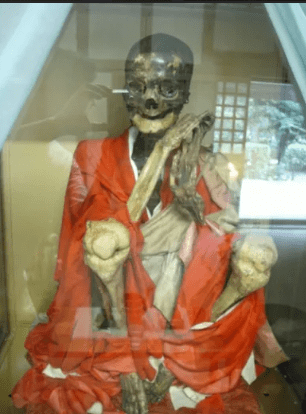

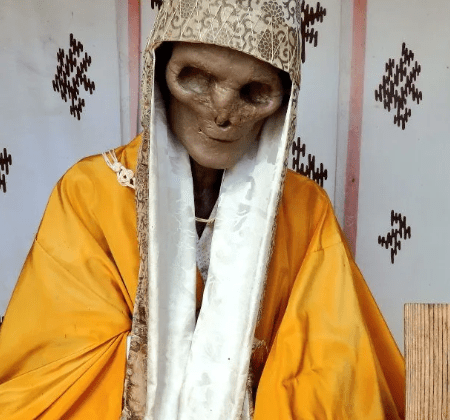
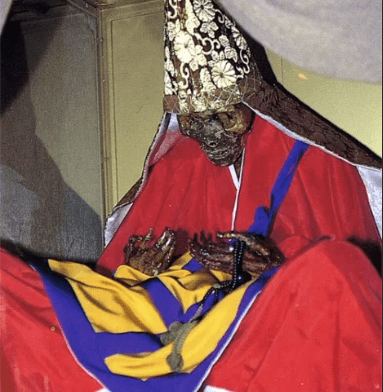
Northern Japan are two dozen mummified Japanese monks known as Sokushinbutsu. Followers of Shugendô, an ancient form of Buddhism, the monks died in the ultimate act of self-denial.For three years the priests would eat a special diet consisting only of nuts and seeds, while taking part in a regimen of rigorous physical activity that stripped them of their body fat. They then ate only bark and roots for another three years and began drinking a poisonous tea made from the sap of the Urushi tree, normally used to lacquer bowls. This caused vomiting and a rapid loss of bodily fluids, and most importantly, it killed off any maggots that might cause the body to decay after death. Finally, a self-mummifying monk would lock himself in a stone tomb barely larger than his body, where he would not move from the lotus position. His only connection to the outside world was an air tube and a bell. Each day he rang a bell to let those outside know that he was still alive. When the bell stopped ringing, the tube was removed and the tomb sealed.Not all monks who attempted self-mummification were successful. When the tombs were finally opened, some bodies were found to have rotted. These monks were resealed in their tombs. They were respected for their endurance, but they were not worshiped. Those monks who had succeeded in mummifying themselves were raised to the status of Buddha, put on display, and tended to by their followers. The Japanese government outlawed Sokushunbutsu in the late 19th century, though the practice apparently continued into the 20th.

Also from the Japanese Buddhist/Hindu schools:
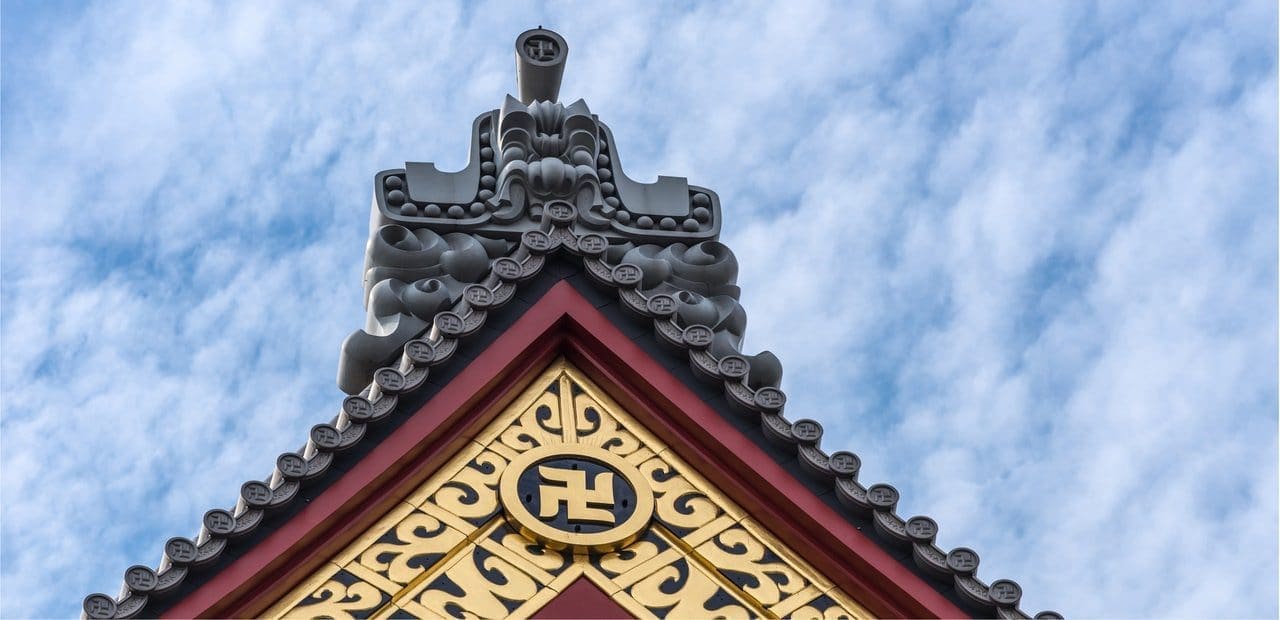

Earthquake of 1891
Came across these in the Rijksmuseum. Dont have an exact location, just the album cover says Japan Earthquake; in 1891 or before 1892. I havent investigated any farther. Its clear these are not recent damage images.
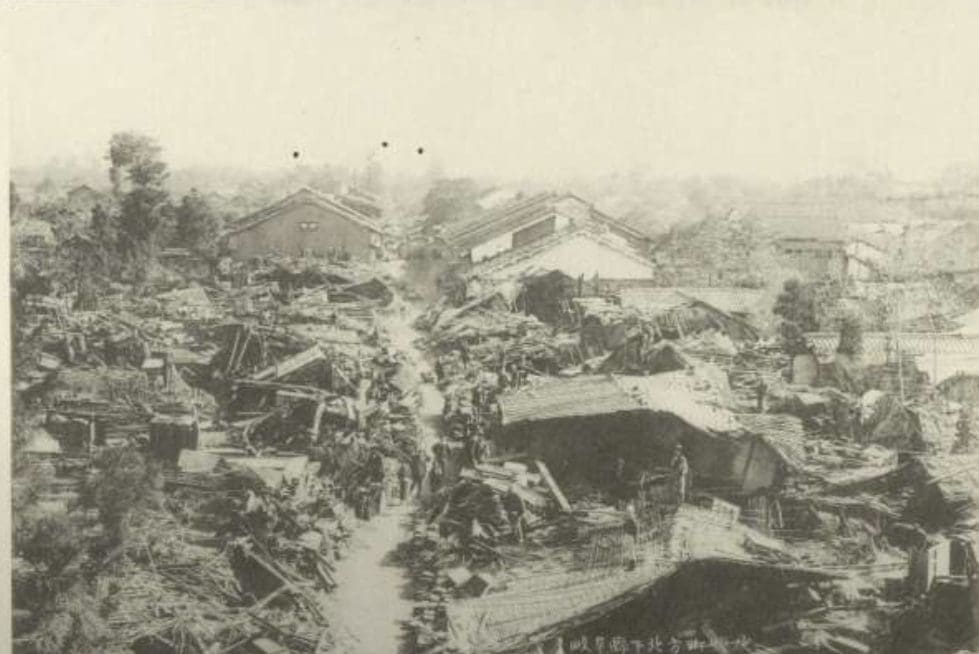
The travel lanes are clear,
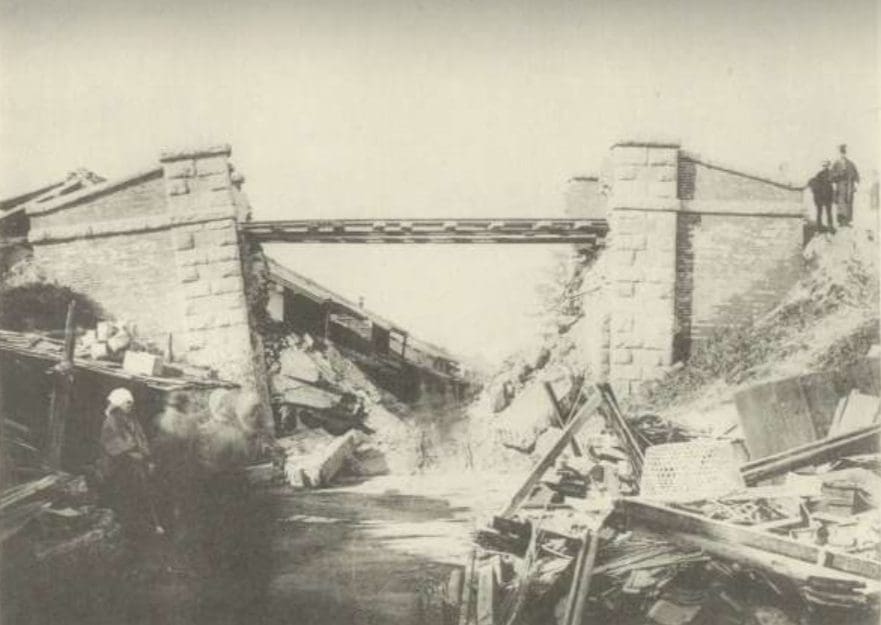
the bridges are repaired but not the same as the stone embuttment, rough timber instead marking a reverse in technology.
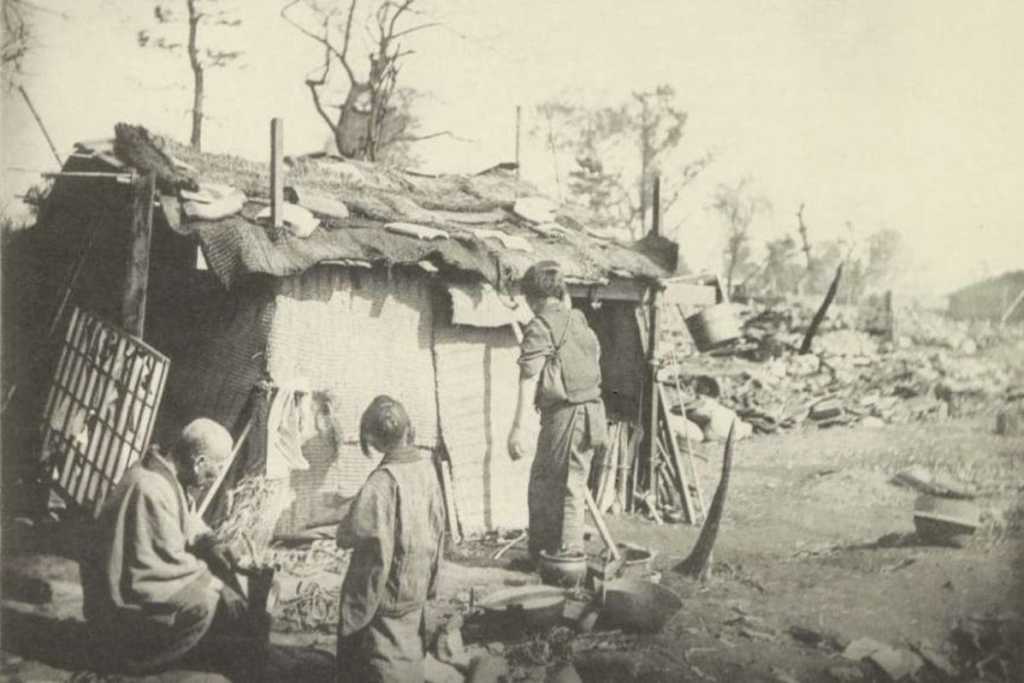
The people have been living amongst the ruins for long enough to have stick huts and tatami mat siding. One image shows a tatami mat and stick shanty surrounded by burnt tree stumps. Thats odd.
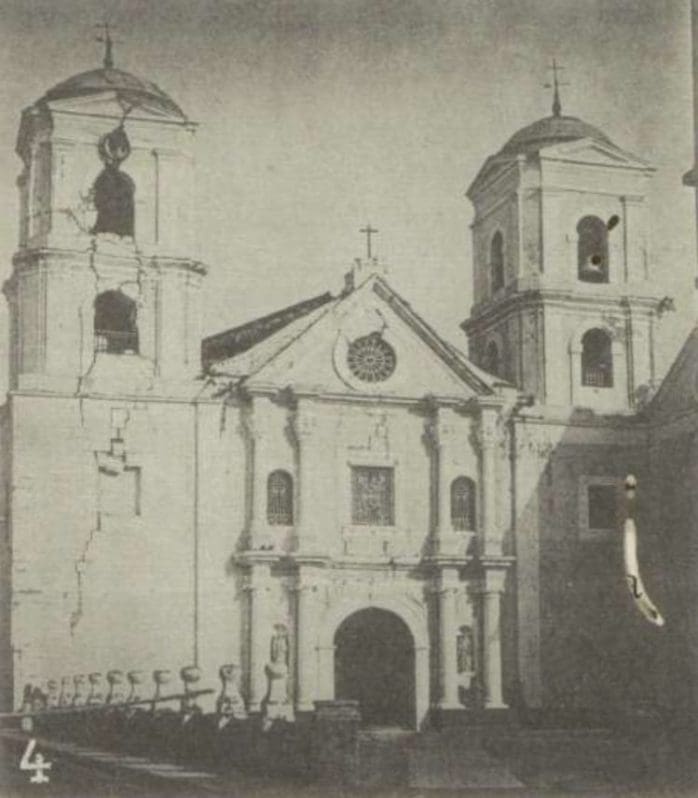
Some of the old stone structures are recongizable with columns and flanking belltowers. The damage and building both match the so-called earthquake damage from Charleston SC, 1886
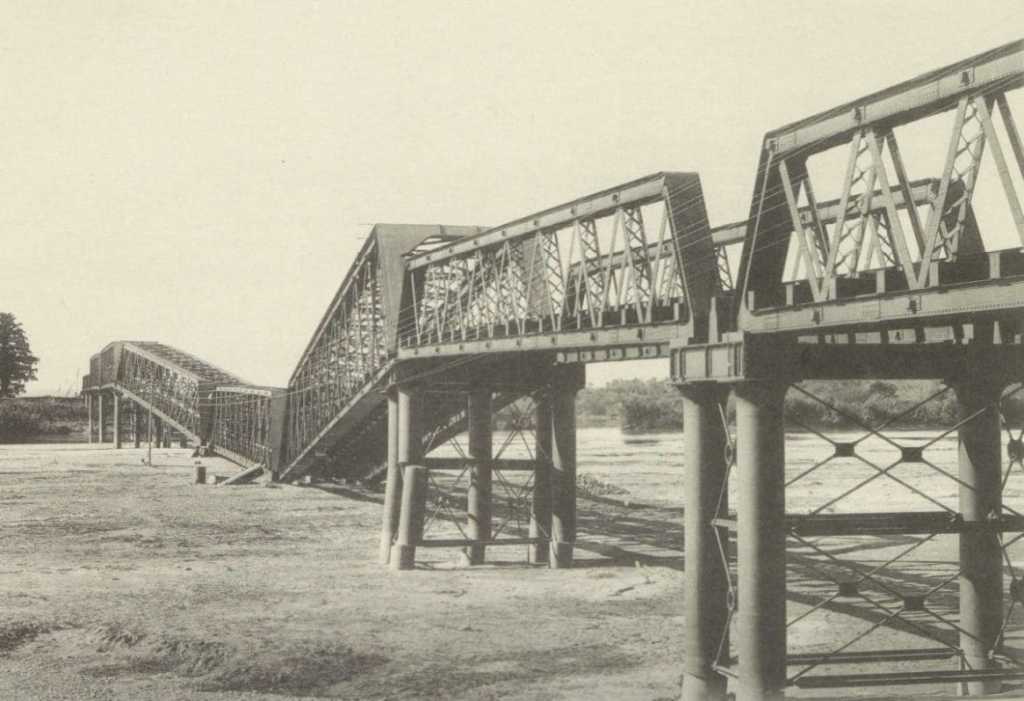
RR bridge steel work matches other parts of the world and the ground level underneath has no shrubbery or vegetation… Mudflood


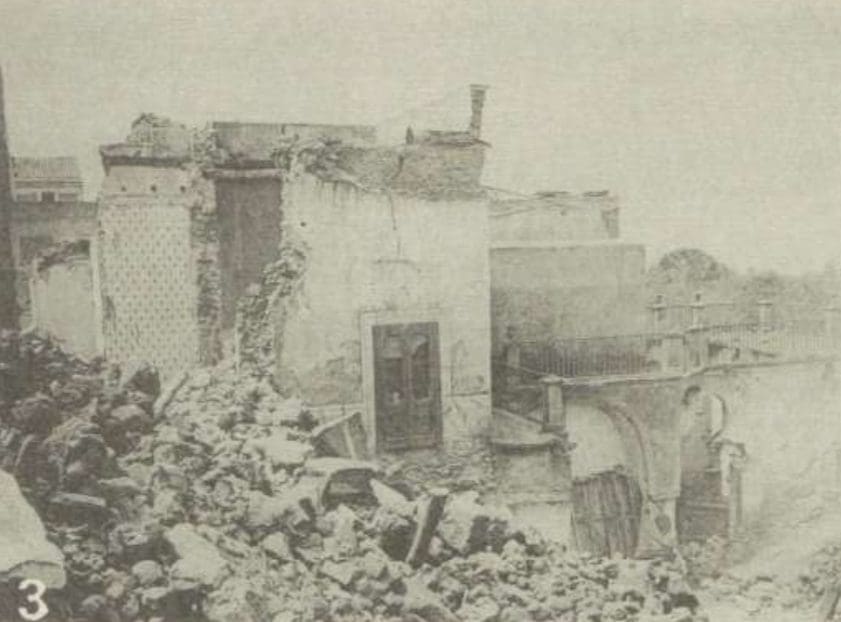


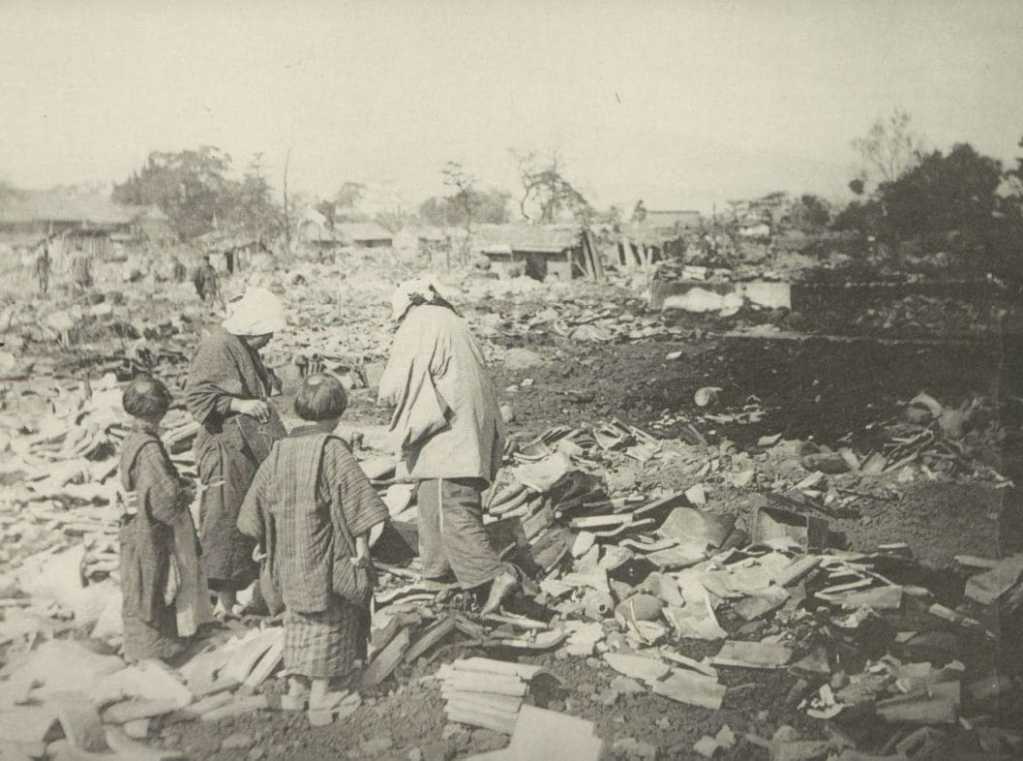
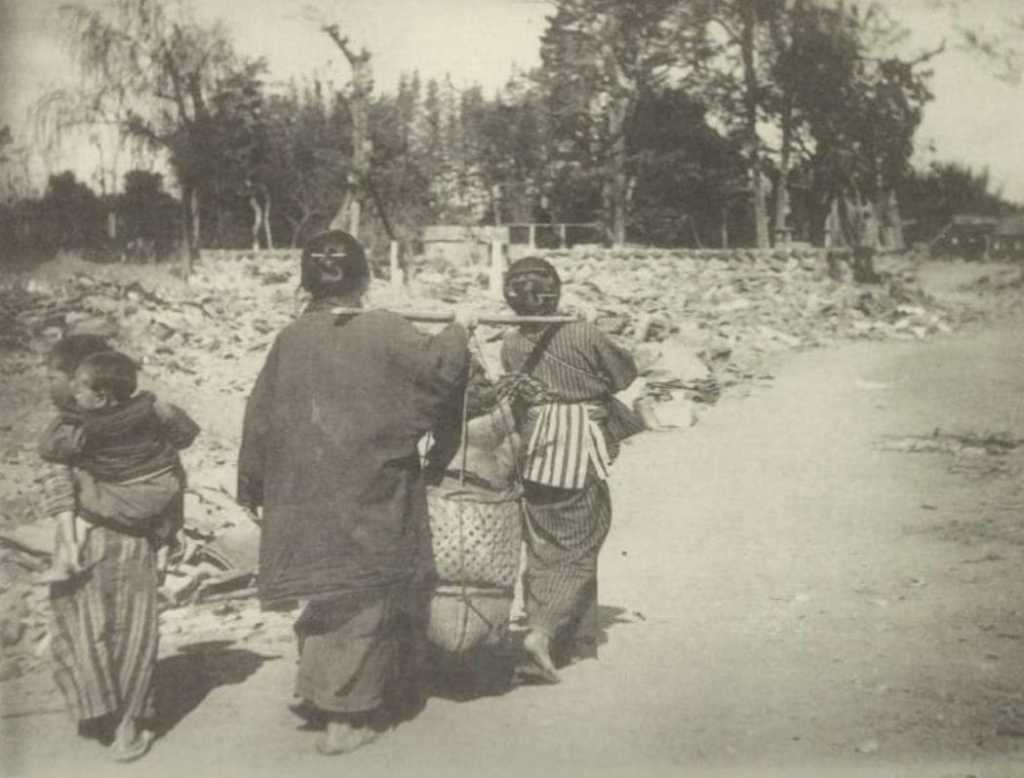
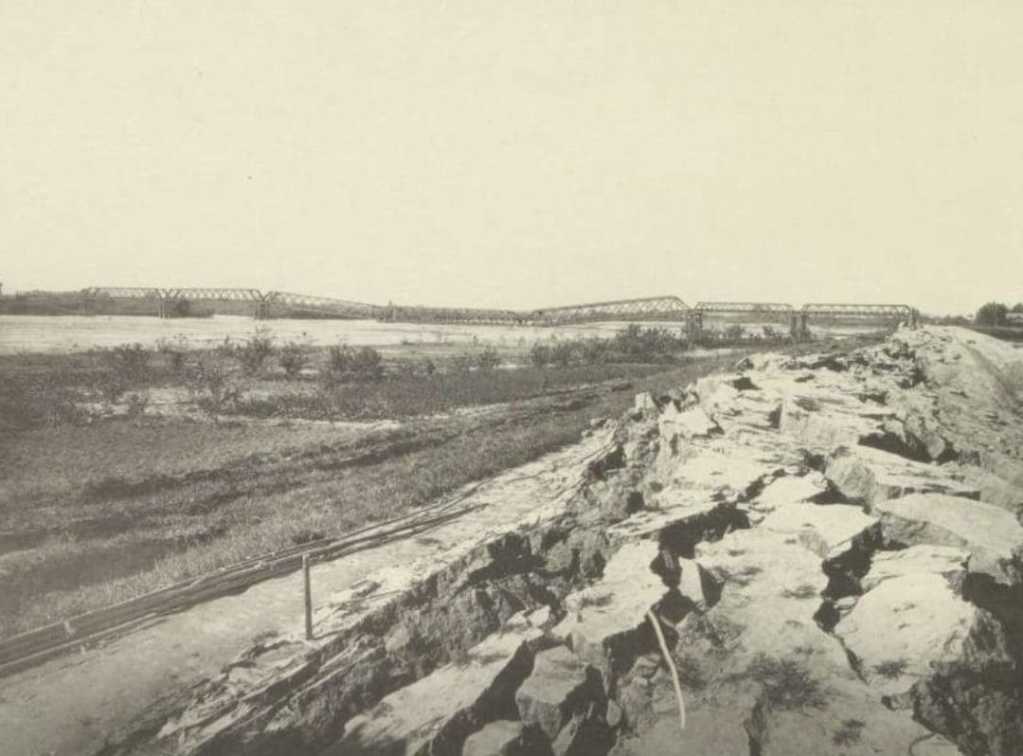
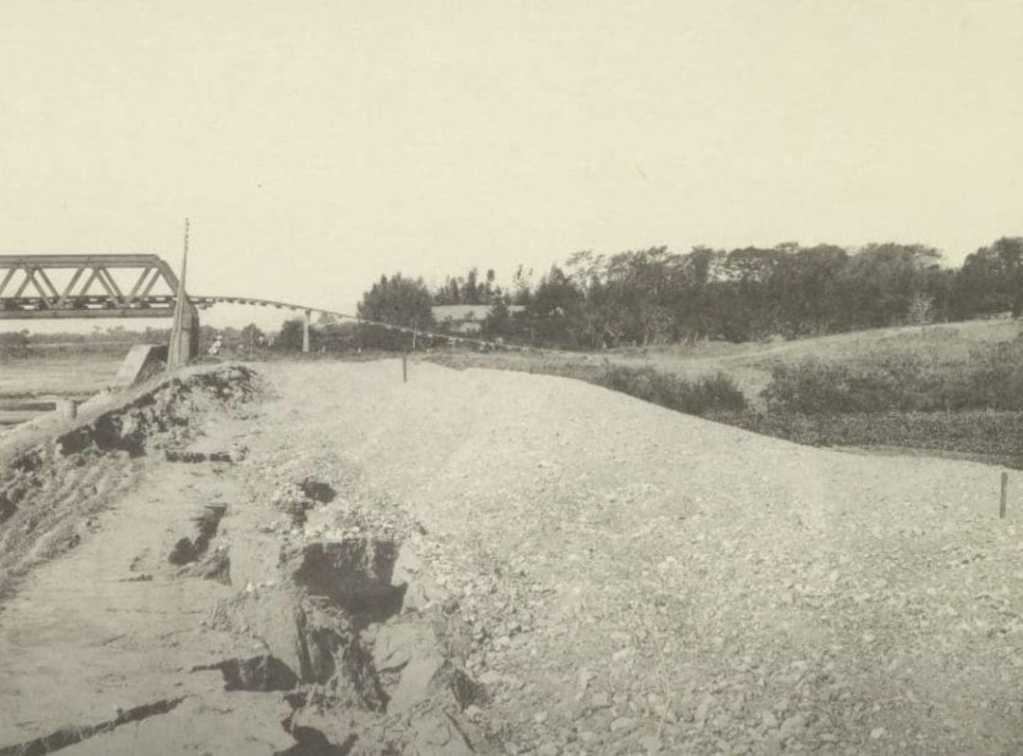
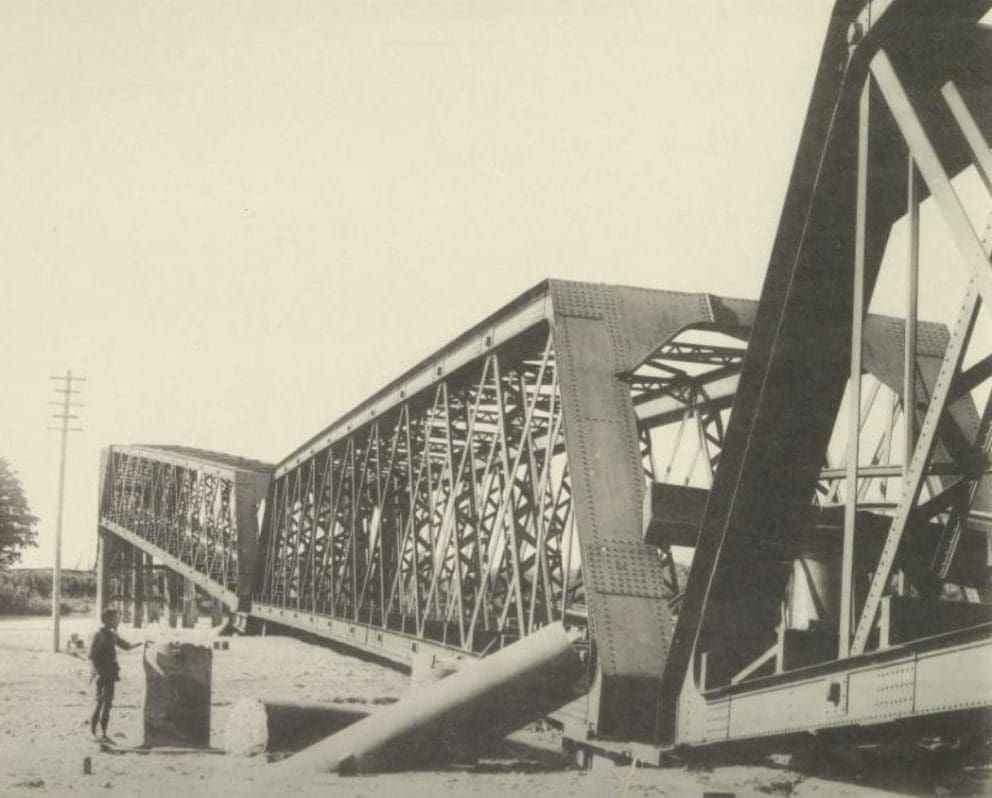
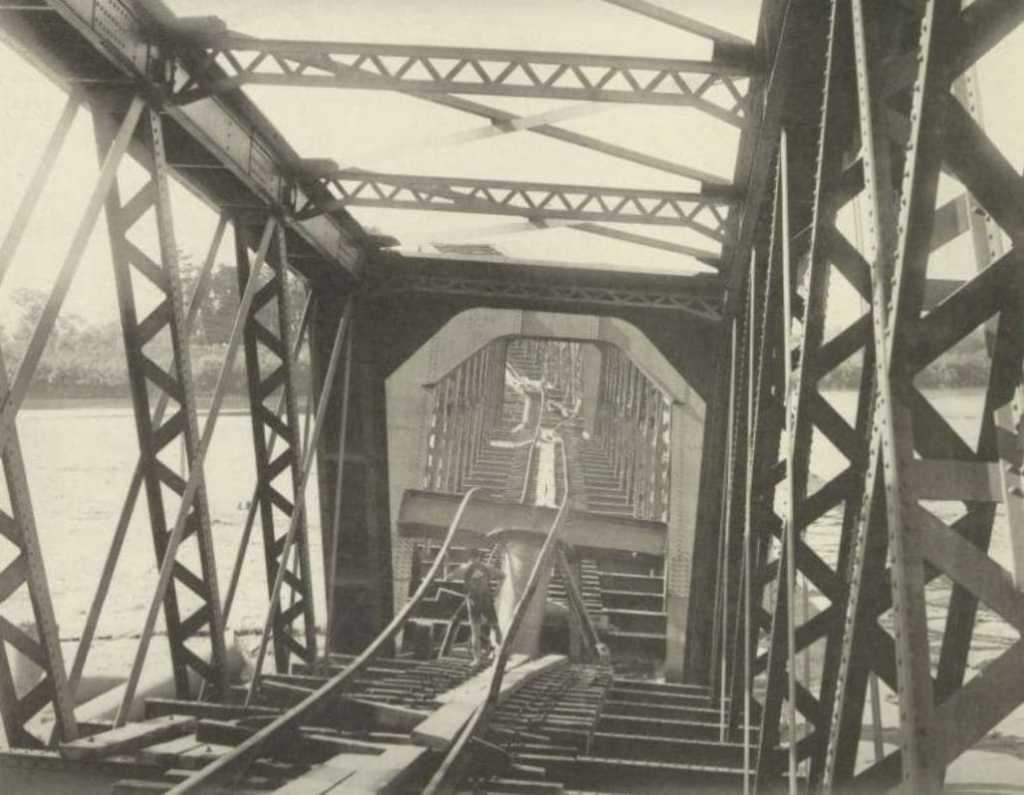
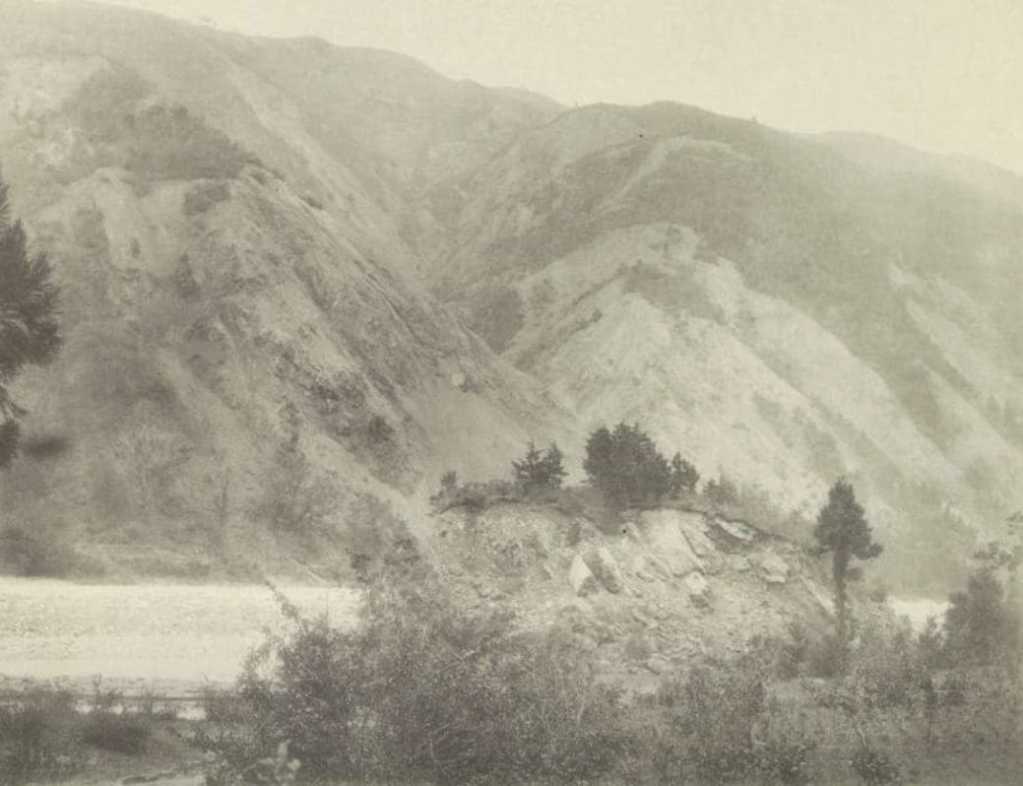

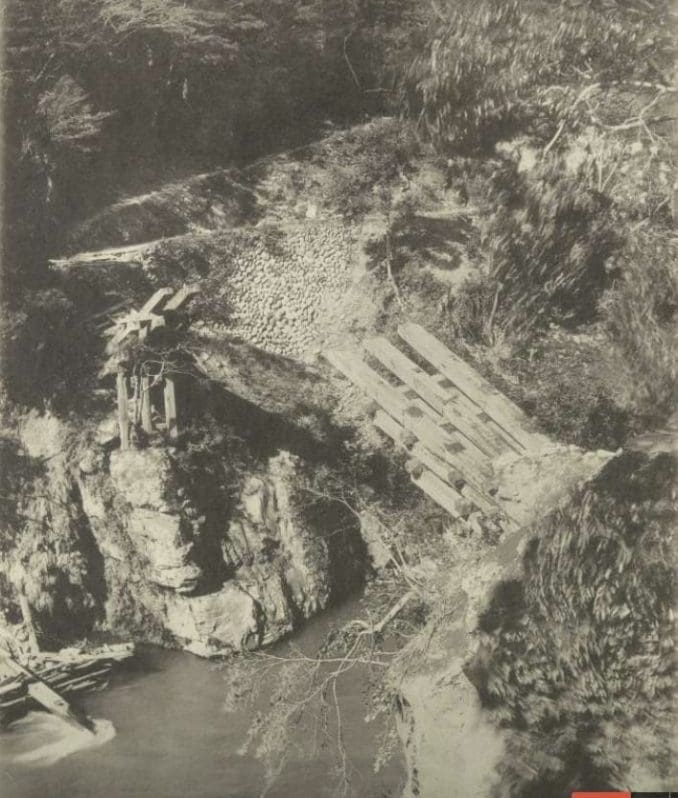
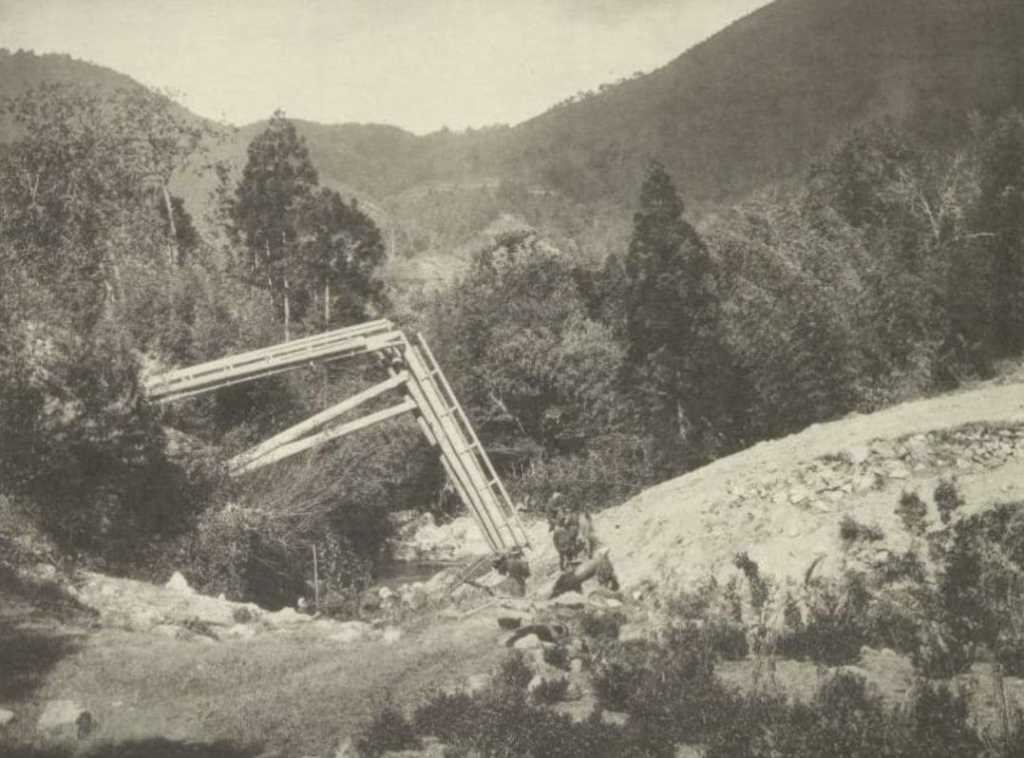
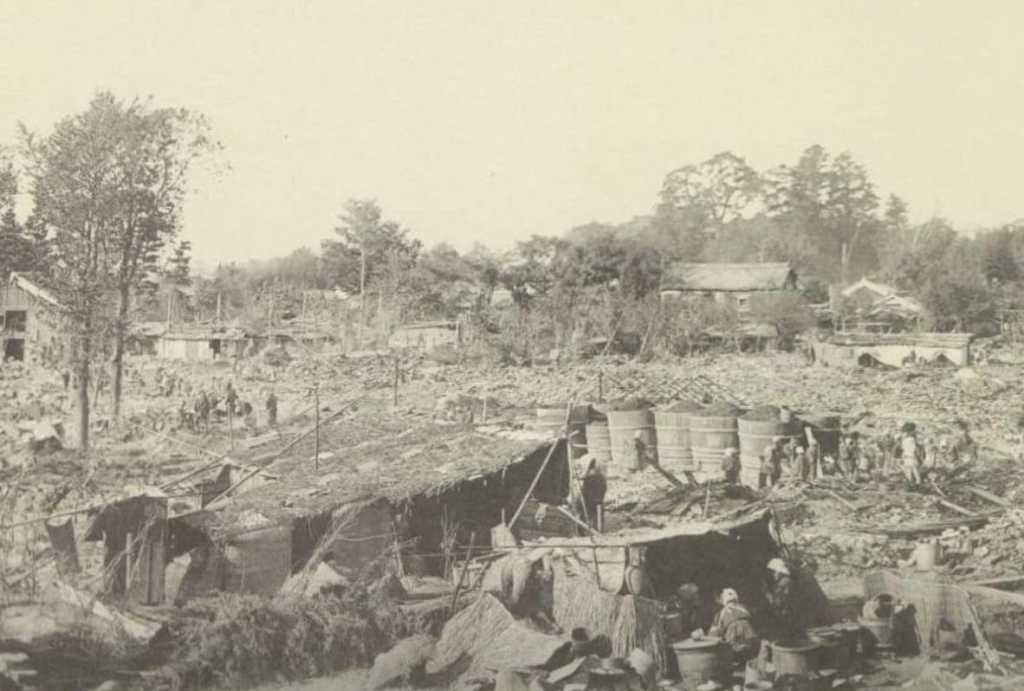
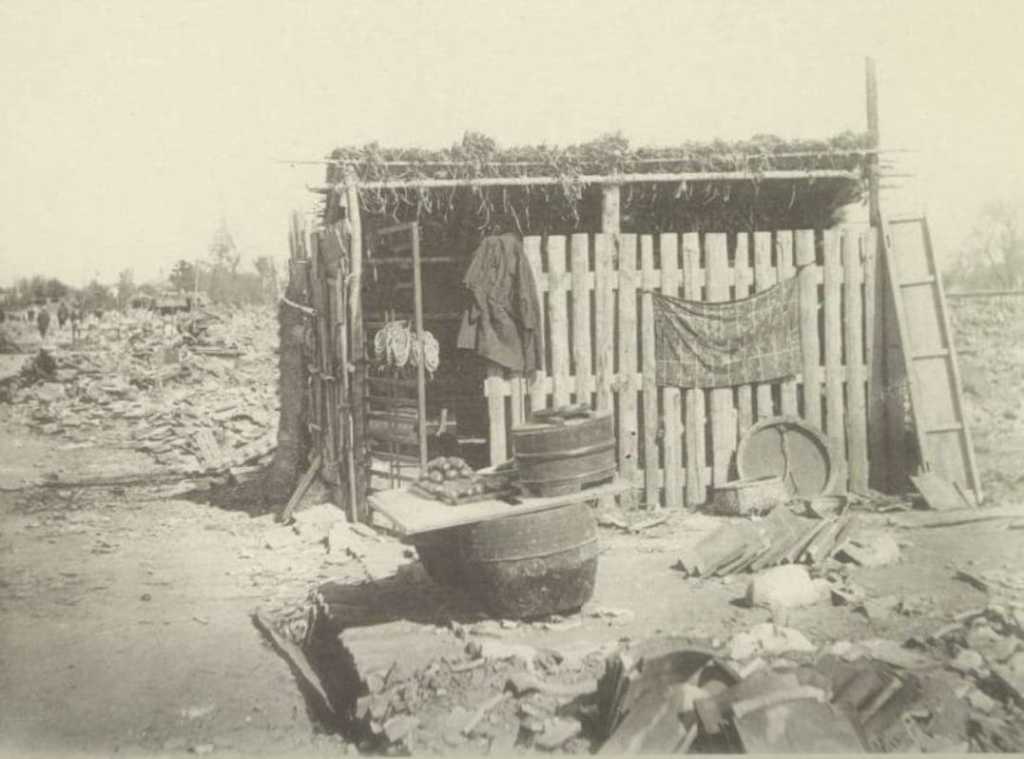
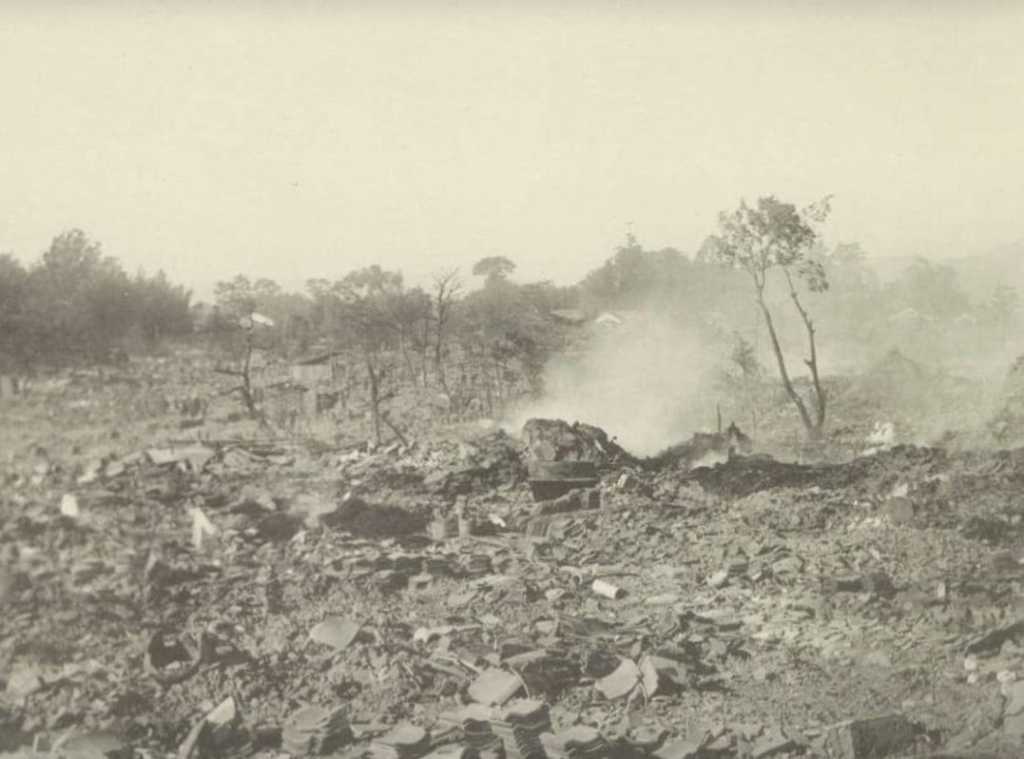
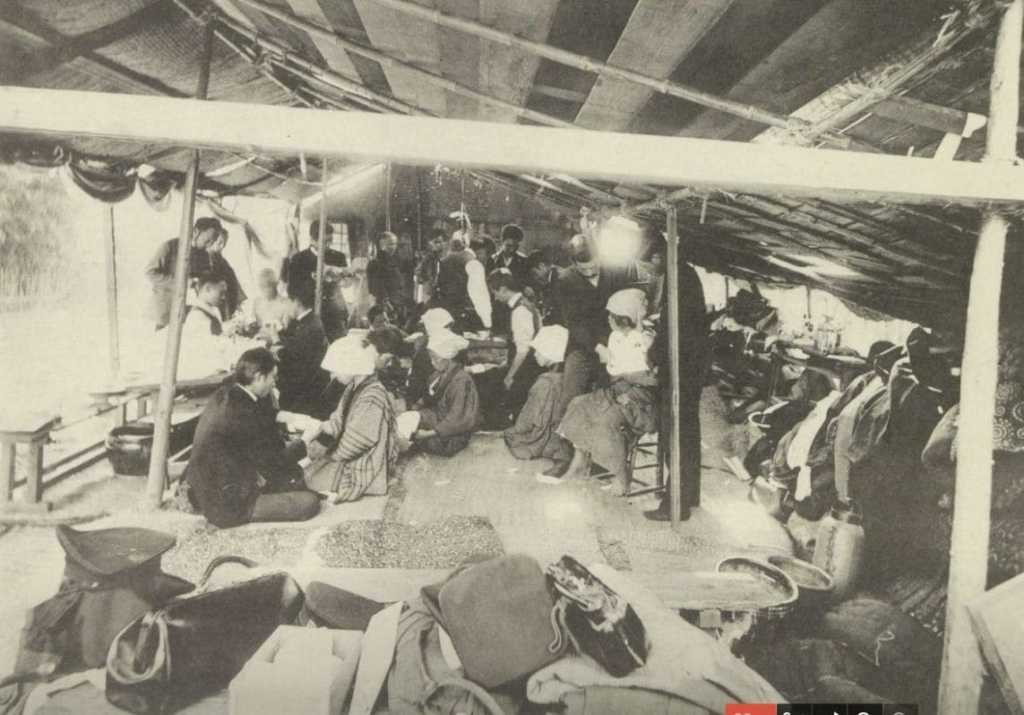




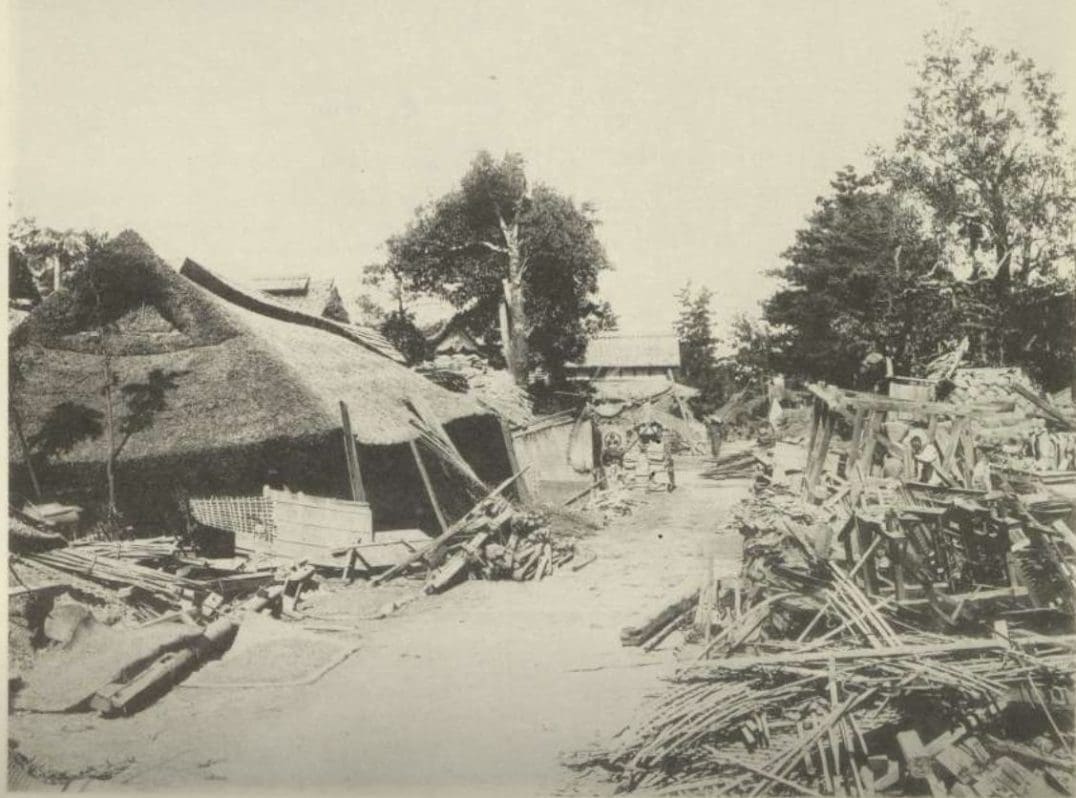
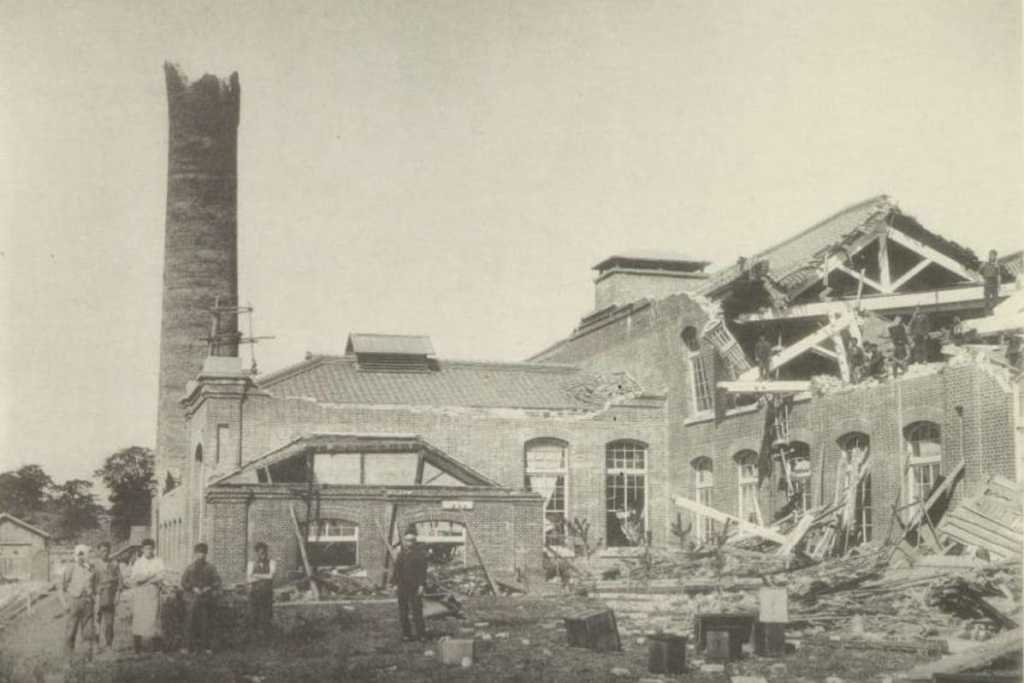
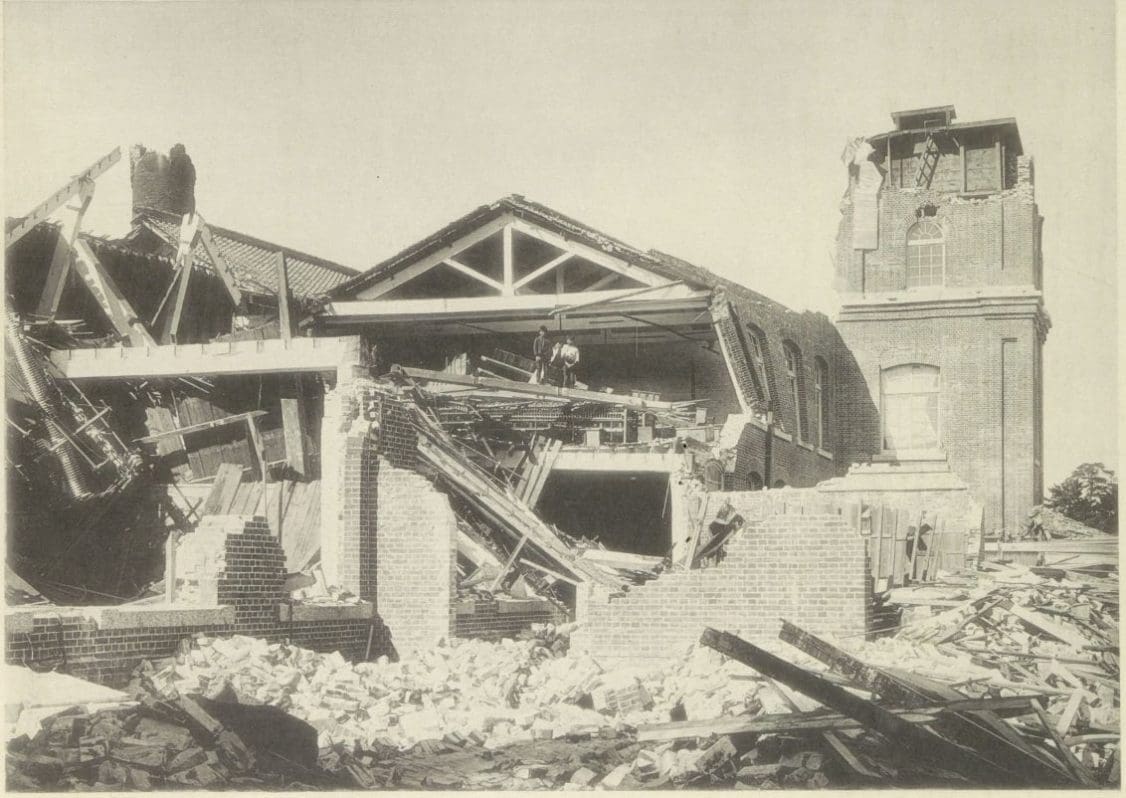
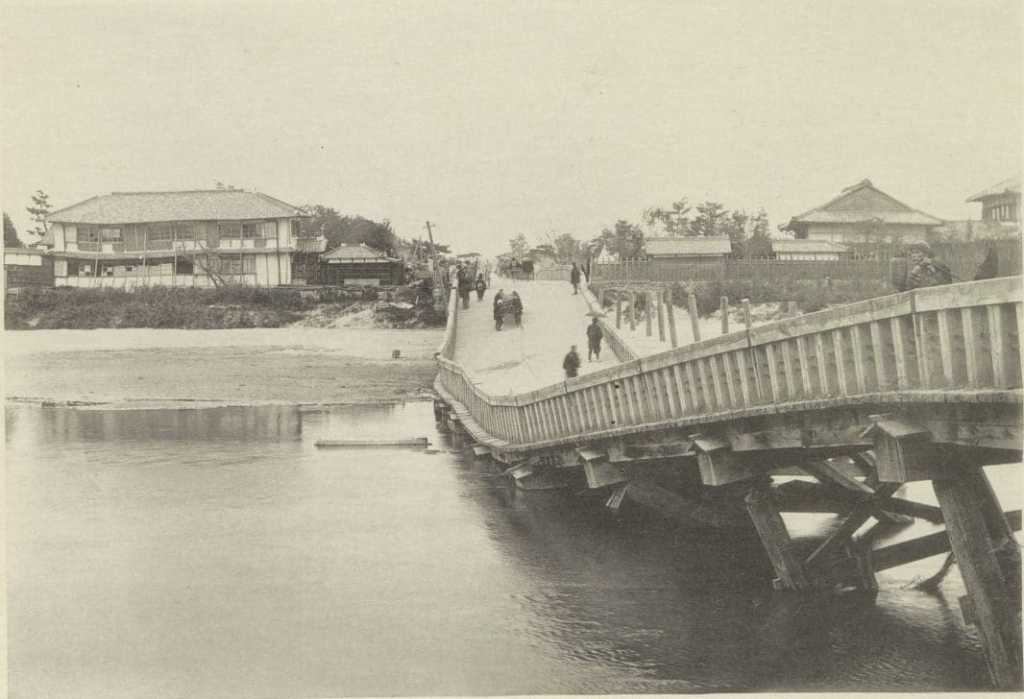
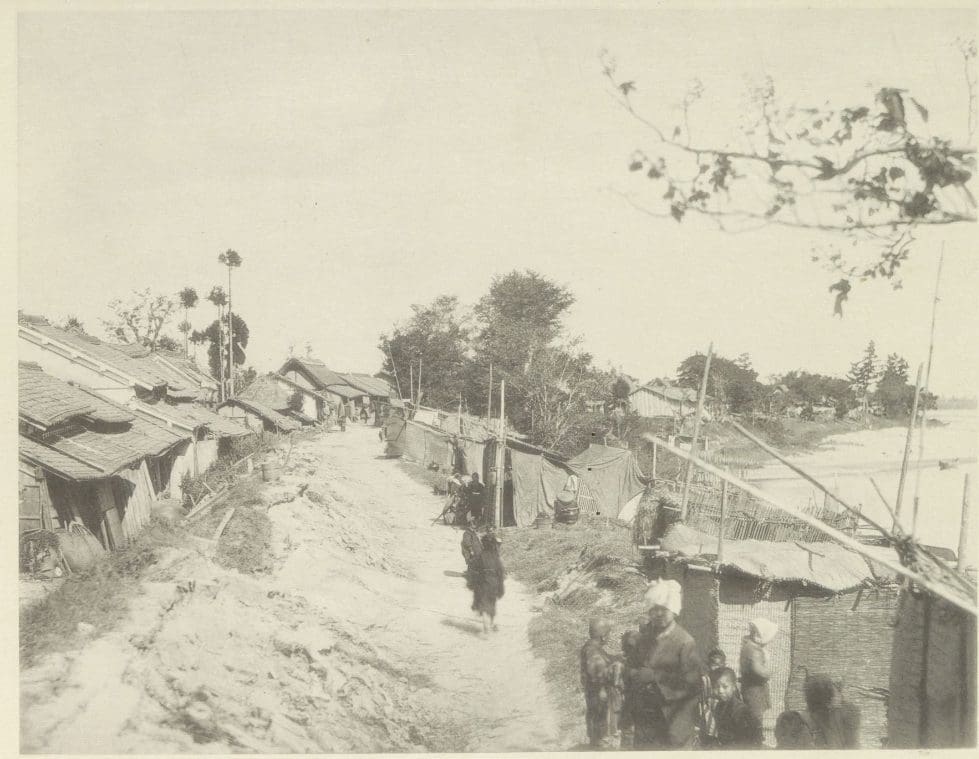
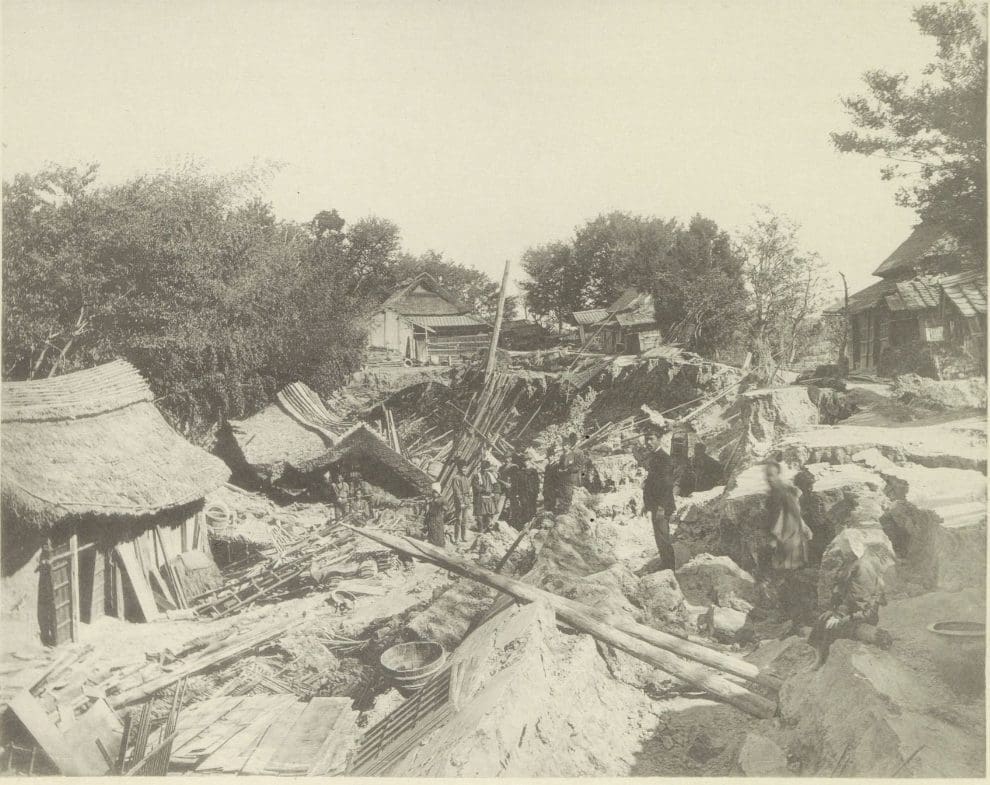
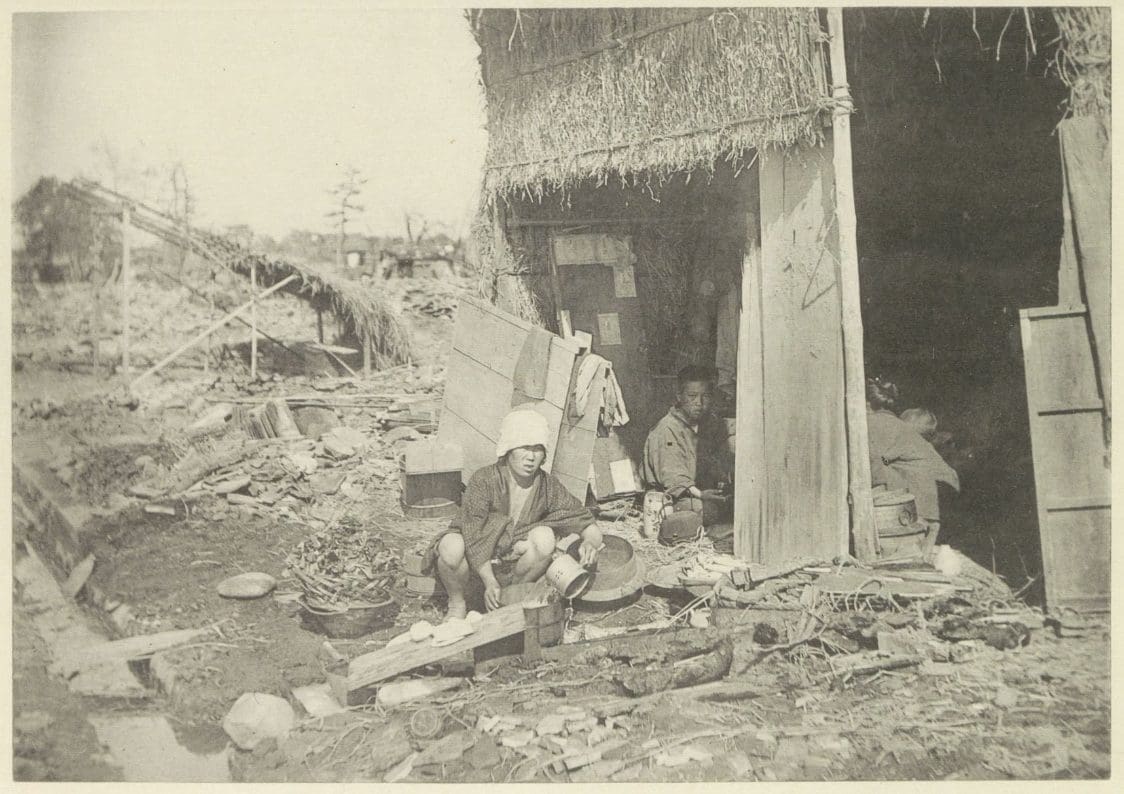
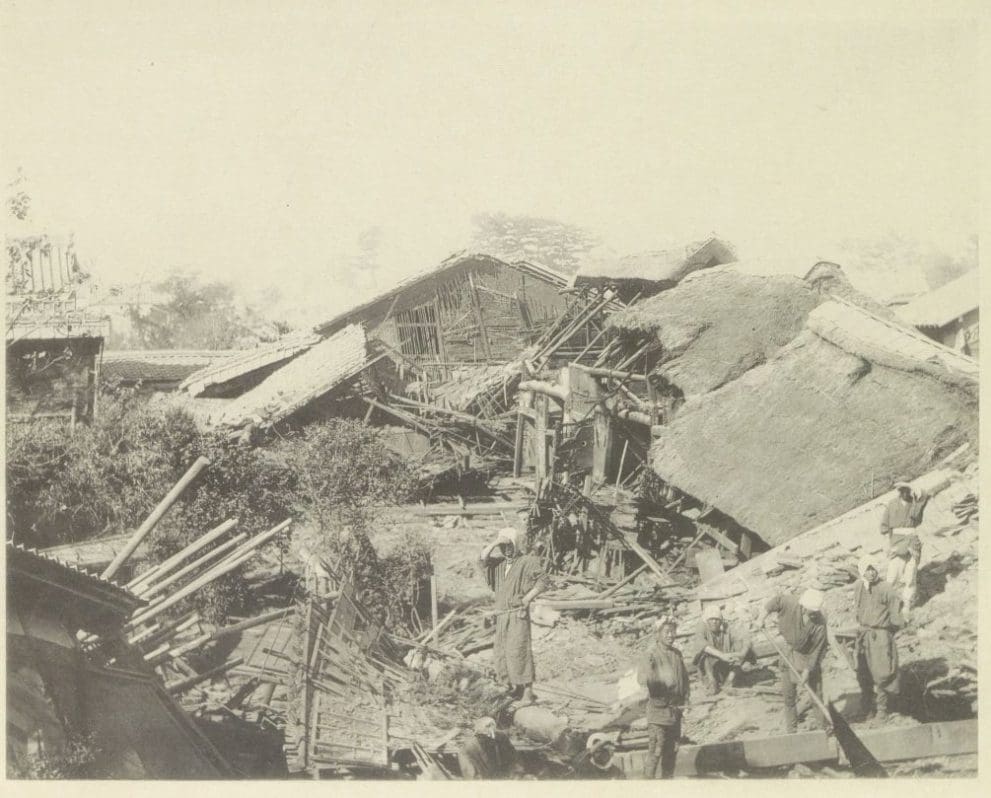
Japan at World Fair






